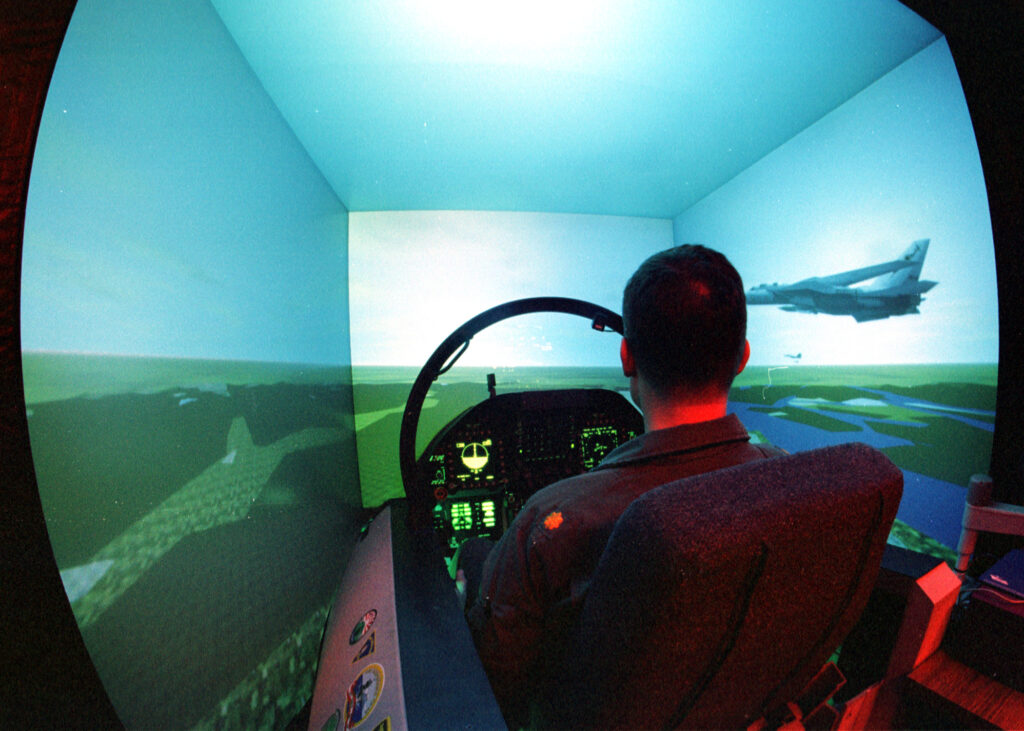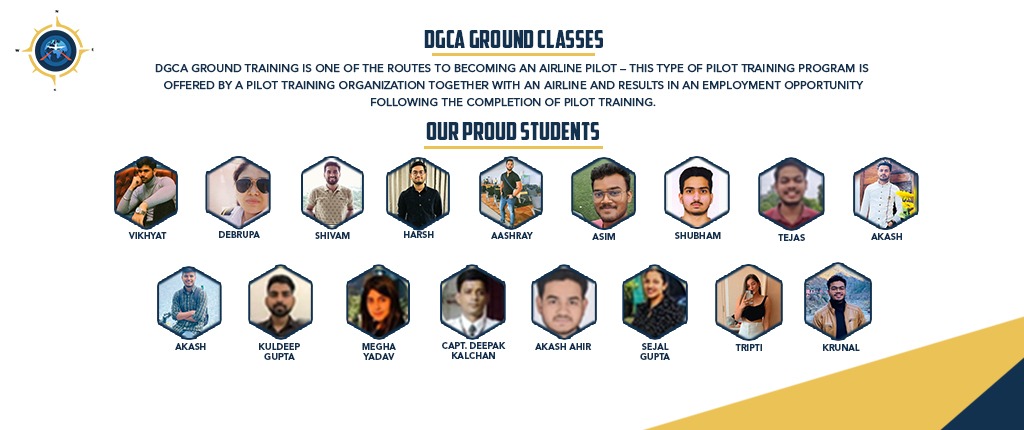Introduction
In the realm of Aviation training, the road from novice to expert pilot entails rigorous training, hands-on experience, and a thorough understanding of complicated aircraft systems. Flight simulation is a game-changing instrument that has changed pilot training. These sophisticated virtual settings provide aspiring pilots with a realistic and immersive experience, letting them hone their skills in a secure and regulated environment.
The Evolution of Flight Simulation:
Flight simulation has come a long way since its humble origins. Early simulations were simple, with limited graphics and capabilities. However, technical advances have taken flight simulation to unprecedented levels of realism. Modern simulators reproduce the look, feel, and behavior of real aircraft with astonishing fidelity.
Realism in Virtual Skies:
One of the primary advantages of flight simulation is the amount of realism it adds to the training experience. High-fidelity graphics, authentic cockpit layouts, and precise physics models all add to an immersive atmosphere that closely resembles real-world flying circumstances. Aspiring pilots can practice anything from take-offs and landings to sophisticated instrument procedures in the safety of a virtual cockpit.
Cost-Effective Training:
Traditional pilot training can be excessively expensive, requiring numerous hours in real airplanes, as well as fuel and maintenance costs. Flight simulation is a low-cost alternative that allows prospective pilots to gain crucial flight hours without ever leaving the ground. Because of its low cost, flight simulation is an appealing choice for people seeking a career in aviation without breaking the bank.
Risk-Free Learning Environment:
Flight simulators provide a risk-free learning environment in which mistakes do not have disastrous repercussions. Pilots can experiment with various scenarios, meet emergency situations, and learn from mistakes without risking their own or others’ safety. This hands-on, risk-free technique shortens the learning curve and boosts aspiring aviators’ confidence.
Variety of Aircraft and Scenarios:
Flight simulation software allows users to access a wide range of aircraft, from single-engine planes to sophisticated commercial jets. This versatility allows pilots to try out new flying experiences and develop a diverse skill set. Furthermore, simulators may simulate a variety of weather situations, airports, and landscapes, providing a comprehensive training curriculum that prepares pilots for the unpredictability of real-world flight.
Integration with Real-World Training:
Flight simulation effectively combines with standard pilot training programs. Many aviation schools incorporate simulator sessions into their curriculum, allowing students to reinforce theoretical knowledge and practice specific abilities before transferring to actual flight. This combination of virtual and real-world training optimizes the learning process and improves overall pilot competency.
Conclusion:
Flight simulation has evolved into an essential training tool for aspiring pilots. Because of its capacity to provide a realistic, cost-effective, and risk-free learning environment, it is a valuable stepping stone in the path from novice to expert pilot. As technology advances, the future of flight simulation holds even more potential, providing aspiring pilots with an increasingly immersive and productive training experience.



